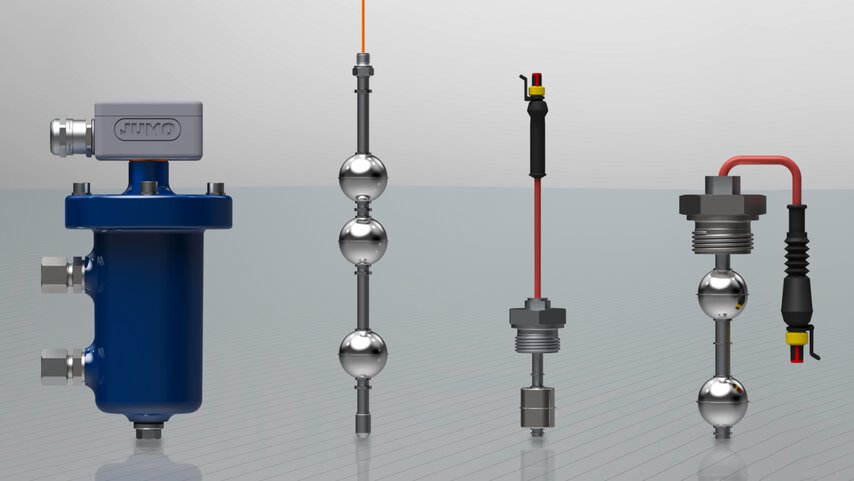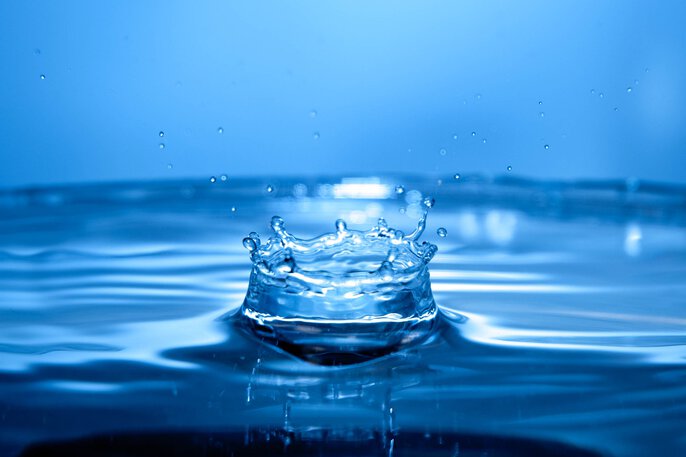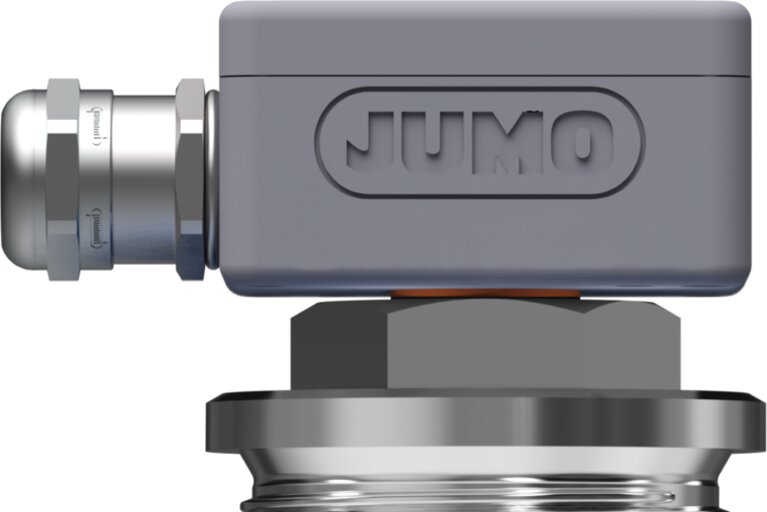

IP68 protection rating – what does it mean? Theory and practice.
There is an IP rating on most devices. Thanks to this blog article, you will learn to read the protections ratings yourself, learn the difference between IP67 and IP68, the practical aspects of the IP68 rating and selected devices that have this level of resistance.
What does IP mean?
"IP" is understood as "International Protection Rating", which means "Degree of Protection". Sometimes it is also translated as "Ingress Protection", which means protection against ingress. The second name most accurately captures the essence of what IP protection types are. These ratings are, simply put, part of a system that describes whether a device is protected against the ingress of particles, dust or water.
Code IP
The IP degree of protection consists of a fixed letter designation in the form of the IP symbol and two characteristic digits. Optionally, there may be two letters at the end of the code - additional and supplementary. If the characteristic digit is not required, it should be replaced by the letter X.
Meaning of the letters IP
The supplementary letter is used when the protection against access to hazardous parts is higher than the first characteristic numeral would indicate. The supplementary letter indicates protection in specific cases, e.g. under certain weather conditions or with high voltage equipment.
First characteristic number
level of protection against contact with solids
- X - no data to determine degree of protection
- 0 - no protection against solid objects and contact
- 1 - Protection against contact with hazardous parts by palm and against penetration of solid bodies with diameter of 50 mm and bigger
- 2 - Protected against contact with dangerous parts by palm and against penetration of solid objects with a diameter of 12.5 mm and bigger
- 3 - Protection against contact with dangerous parts by a tool and against the penetration of solid objects with a diameter of 2.5 mm and greater.
- 4 - protection against contact with hazardous parts by wire and against penetration of solid bodies with a diameter of 1 mm and greater
- 5 - protection of users against any contact with hazardous parts and against penetration of dust
- 6 - highest protection against any contact with hazardous parts and against penetration of dust
Second characteristic number
Protection against water ingress
- X - no data available to determine degree of protection
- 0 - no protection against water
- 1 - protection against falling drops of water
- 2 - protection against splashing water drops when the structure is tilted at any angle up to 15° from the vertical in any direction
- 3 - protection against sprays of water at any angle up to 60° from the vertical in any direction
- 4 - protection against splashing water from all directions
- 5 - Protected against water jets of up to 12.5 l/min sprayed onto the enclosure from any direction
- 6 - Protected against water jets of up to 100 l/min coming against the enclosure from any direction
- 7 - Protection against brief immersion in water for 30 minutes at a depth of 15 cm above the top of the enclosure and 1 m below the bottom (values for the enclosure lower than 85 cm)
- 8 - protection against the effects of continuous immersion in water under the conditions stipulated by the manufacturer, but more severe than in point 7
- 9 - resistance to long-term immersion and protection against flooding by a powerful jet of water at high pressure (80-100 bar) and temperature up to 80°C
IP standards
Two IP code classification standards are used:
- DIN EN 60529 Degrees of protection provided by enclosures. It is mostly used in industrial applications.
- DIN 40 050 part 9: Road vehicles, IP protection types; protection against foreign objects, water and contact, electrical equipment. Usually used in situations where the instrument will be used in harsh conditions exceeding normal immersion, e.g. high-pressure cleaning.
These standards differ in some details, so you should refer to the appropriate one in each case.
IP67 - what does it mean?
IP67 means maximum protection against dust, sand and other solid objects and a high degree of protection against the effects of water ingress. This is the lowest level of protection that should be considered by someone for whom waterproofness is important in a device.

IP68 devices are waterproof and watertight.
IP68 certified devices in the JUMO range
- Float switches for the point measurement of liquid levels, including a float switch in standard version and a float switch in miniature version. They also have explosion-proof approvals.
- MAERA hydrostatic probes for measuring liquids in tanks. In this series we have probes for measuring such parameters as level and depth of media, both aggressive and non-aggressive. MAERA probes are also available in an ATEX-approved version for explosive areas
IP67 and IP68 - which of these IP protection levels should you choose?
IP67 is the lowest degree of protection that should be considered by someone for whom waterproofness is important in a device, as the possibility of immersion in water is possible from level 7. However, it should be taken into account that this waterproof class guarantees resistance to short-term immersion for up to 30 minutes. If the device is to be exposed to prolonged immersion, or you prefer to be more confident, IP68 is always a better choice.
Contact JUMO - we will help you select the right equipment for your application.
- ${title}${badge}



